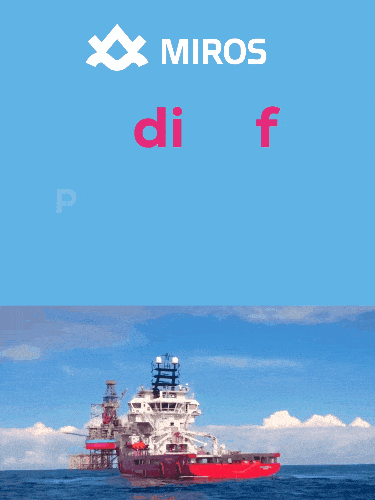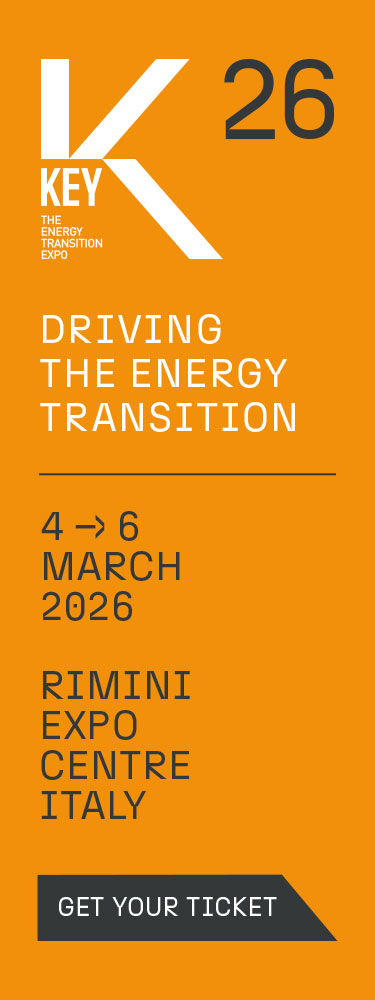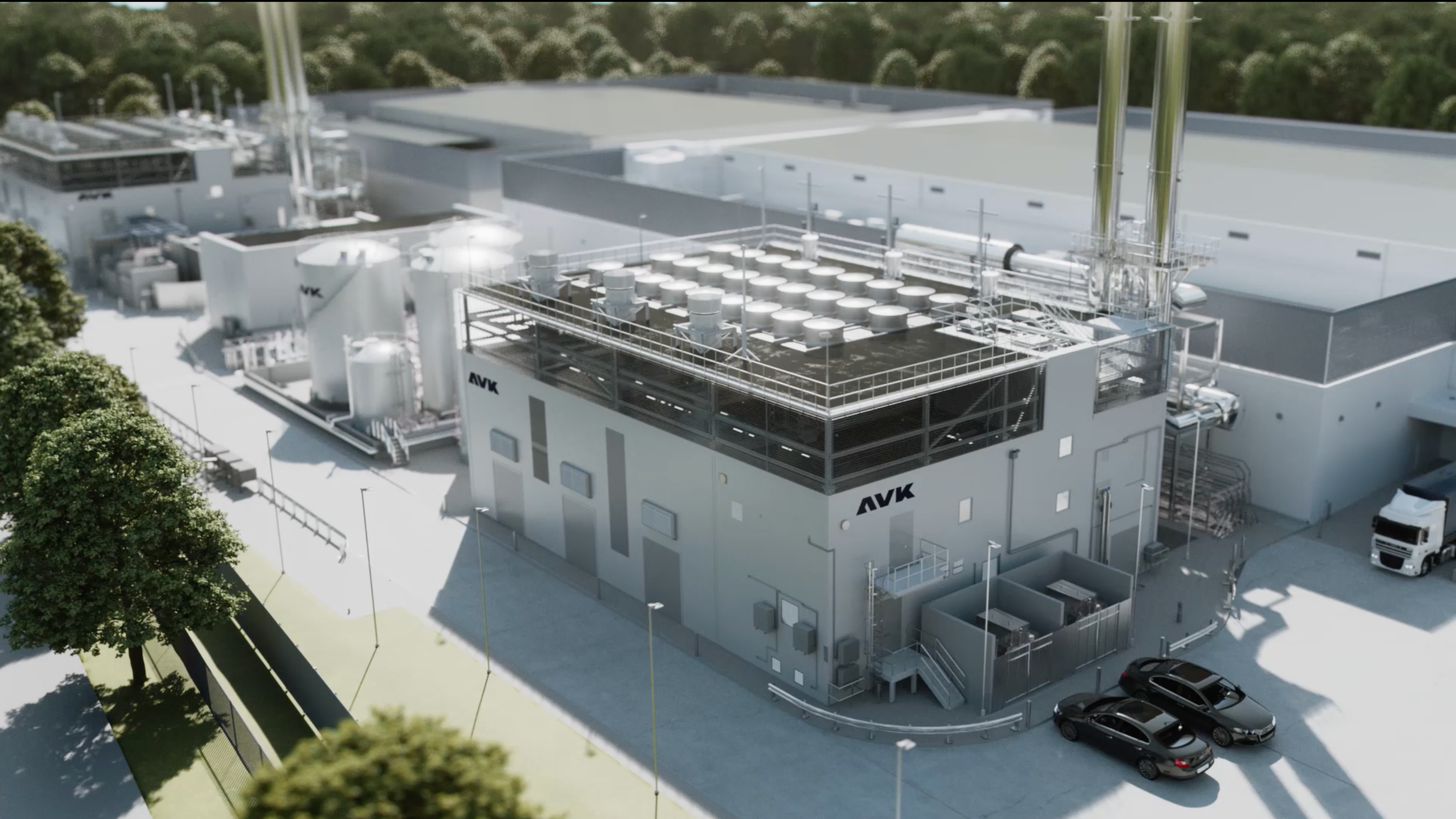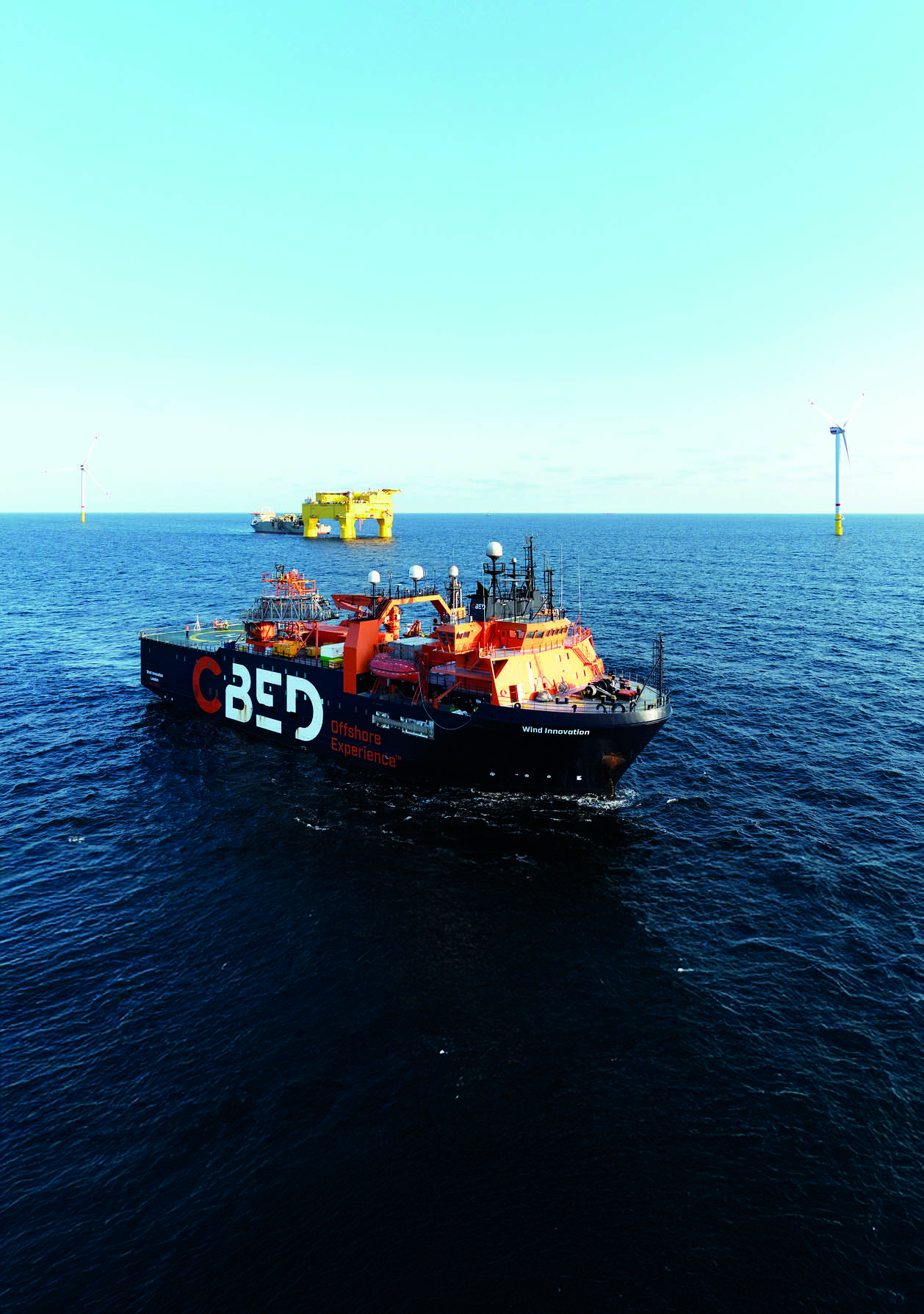Exclusive Articles
Taking a regional approach to decarbonization
Published in: Wind, PES Essential, Exclusive Articles

ASEAN countries have committed to long-term net zero targets, but recent trends show that they are tackling decarbonization largely in an independent manner, which is costly and inefficient. South East Asia has a wide range of renewable energy resources including solar, wind, hydropower and geothermal. Cross-border interconnection has a crucial role to play during the clean energy transition, as it will enable sharing of low-cost renewable resources across different locations in the region.
DNV recently released a white paper entitled ASEAN Interconnector Study: taking a regional approach to decarbonization, where it examined the potential benefits and implications of ASEAN cross-border interconnectors during the energy transition towards a fully decarbonized power sector in South East Asia in 2050.
Quantitative modelling was developed with the aim of minimizing the overall net present cost of such a transition. The model determines the location and type of renewable generation across the region on a least-cost basis, based on localized production costs and on the available energy transport routes and transport costs between nodes.
To read the full content, please download the PDF below.
Download full article


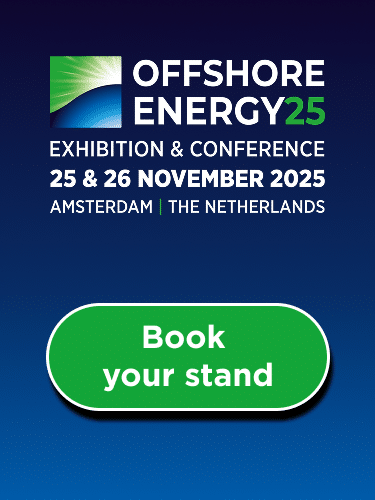
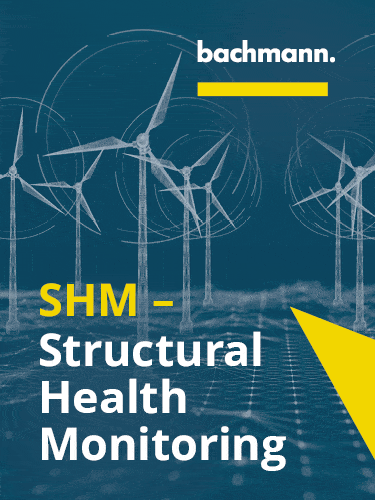




.gif)
